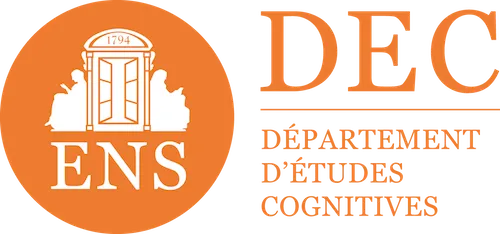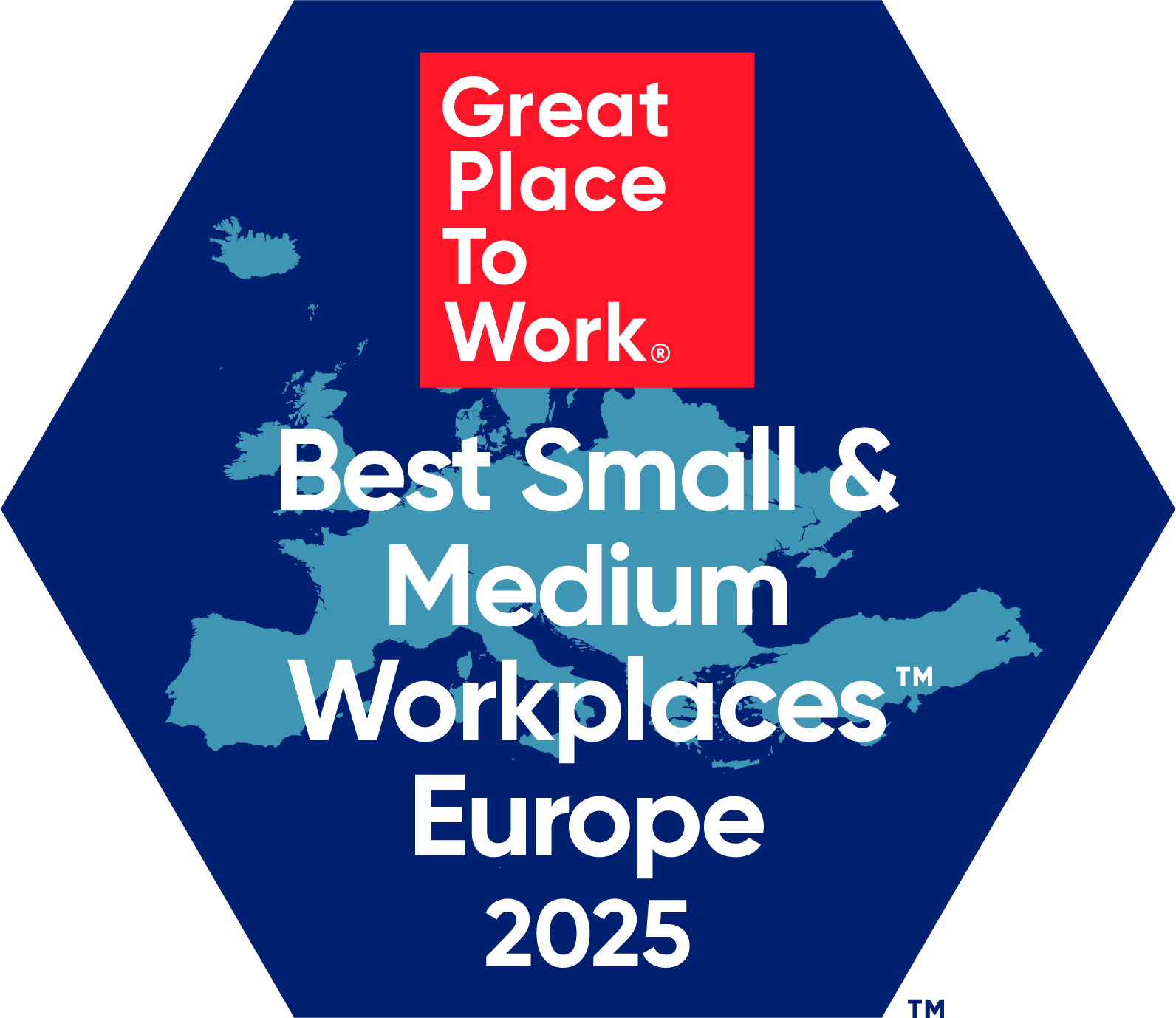.webp)

HR Competency Matrix: How to Design and Use It?
According to the 2023 report of World Economic Forum on the Future of Jobs, near 23% of jobs are expected to change by 2027, with a 12% decline and a 10% growth in jobs, mainly due to digital transformations and the ecological transition. To adapt to these changes and remain competitive, businesses must anticipate and manage their skills needs accurately.
Beyond the impact for businesses, this issue is also a societal one. This is an employability issue because, according to the figures in the same report: 44% of skills of workers will have to be updated by 2027.
Faced with this observation, a tool could be the magic solution available to organizations: the Competency Matrix. ****Skills matrices would not only make it possible to identify the skills necessary for the evolution of organizations, to align the skills expected of employees with the strategic needs of the company, but also to support the professional development of employees by identifying the gaps to be filled.
Thanks to this tool, HR could plan strategic changes and develop talent, while managers would use it to guide employees in their skills development. This requires that their design takes into account these imperatives in order to deploy matrices. Actionable and adapted to the realities on the ground.
How, therefore, can an organization design and effectively use a HR Skills Matrix?
The objective of this article is to give concrete answers to this question and to give you concrete recommendations. Let's go!
1. Why is a skills matrix essential?
La Competency Matrix is an essential strategic tool for human resources (HR), managers and employees. But why has it become essential in modern organizations? To fully understand its usefulness, it is important to place it in the current context.
For HR: a strategic planning tool
HR teams have a responsibility to ensure that the company has the right talent to meet future challenges. A well-designed competency matrix allows for two things:
- Talent Development Plan : It helps to identify critical skills that will need to be strengthened or acquired to support the company's strategy. The matrix must identify in a concrete way the skills expected in the future — it is a work of projection — but also those on which the company can already count on with its employees. Let's use a fictional example to illustrate: a company in the energy sector that forecasts a large increase in renewable energy projects can use its competency matrix to identify engineers with green project management skills and those who need further training. Thanks to this, it can deploy a Training plan aligned with the company's green transition ambitions.
- Optimizing the predictive management of jobs and skills (GPEC) : With an overview of available and missing skills, HR can anticipate recruitment and training needs, making it possible to better align teams with the company's long-term goals. This results in a better ability to anticipate internal movements and resource needs.
For Managers: Anchoring the Matrix in the Realities of the Field
Managers, for their part, are confronted with the daily management of the skills of their teams. A Skills Matrix Allows Them To Guide Their Employees Effectively and to better understand the gaps that need to be filled in order for each member of the team to progress.
- Individualized support : The matrix makes it possible to personalize the follow-up of employees. Instead of using a rigid framework, managers can base their development interviews on concrete skills that need to be improved, in line with the current missions of employees.
Let's take the example of a team manager in a sales company. Thanks to the skills matrix, he identified that several of his collaborators are excellent at negotiating with existing customers, but less comfortable in prospecting new customers. He can then offer them training dedicated to Business Skills Development, specifically on the acquisition of prospects.
For employees: a guide to plan their evolution
For employees, a skills matrix represents a Tool for understanding expectations and perspectives to build their career plan. It is a projection tool within the company, an essential motivator! It allows them to know exactly what skills they need to develop in order to evolve within the company and achieve their professional goals.
- Clarity on the areas of progress : The employee sees where he is today, and can project his professional future according to the skills to be acquired. This not only contributes to his motivation but also to his commitment, as he sees the direct impact of his learning on his career.
In a technology company, for example, a junior developer could visualize in their skills matrix that they still lack advanced cybersecurity concepts in order to be able to apply for a position of Senior developer. This will encourage him to take the necessary training and to improve himself in these specific areas.
For this tool to be truly effective, the Matrix Design Be adapted to the needs of these three stakeholders. How can you ensure that it is actionable and concrete?
2. How do you design an effective HR competency matrix?
The design of an HR skills matrix should allow HR, managers and employees to easily grasp it in order to make it an operational, concrete and actionable tool. This requires reconciling a Top Down Approach, where competencies are defined globally by HR, and a Bottom-up approach, which takes into account the realities on the ground experienced by employees. Let's look at these two essential dimensions.
A top-down design for a strategic vision
When designing a competency matrix, it is natural for HR to adopt a Top Down Approach. This strategic work consists of Map “View from above” The skills necessary for the proper functioning of the company. It is a question of defining at the same time:
- Cross-cutting skills : skills common to several jobs, such as communication, collaboration or agility. For example, a company seeking to strengthen its capacity for innovation will focus on skills in Creative Thinking and Critical Analysis, two skills classified as priority according to the World Economic Forum.
- Skills specific to each profession : these are specific to specific functions. For example, in an engineering team, technical skills in project management, 3D modeling, or data analysis can be crucial.
However, this “macro” approach presents a risk: that of creating matrices that are too abstract or detached from the daily realities of employees. To be actionable, a skills matrix must go beyond this purely theoretical framework and integrate a more concrete approach.
A bottom-up approach for actionable skills
One of Keys to Success Of an actionable skills matrix is to associate a Bottom-up approach. This approach makes it possible to bring up the field of Concrete situations experienced by employees in their daily lives. It makes it possible to specify skills through observable actions, behaviors to adopt and, above all, Mistakes to Avoid.
Let's use a fictional example to illustrate this approach: in a customer support team, an employee could have difficulty defusing conflicts with unhappy customers. If we stick to a macro approach, we could simply note “manage conflicts effectively” as a skill to be developed. But for it to be really useful, the matrix must detail the behaviors expected in specific situations. For example, if a customer complains about delivery times, an actionable skill would be “knowing how to manage customer frustration by offering an alternative solution”, rather than simply “managing complaints.” This type of approach, based on Changes of State, is at the heart of effective learning methods (see This article on skills development)
The integration of a bottom-up approach thus makes it possible to design matrices based on Observable behaviors And which corresponds to Concrete Professional Situations. This requires asking the right questions: what mistakes do employees frequently make? What behavioral changes are expected? This process can be facilitated by regular evaluation and feedback tools, such as those offered by Didask, which incorporate principles from cognitive science to maximize learning effectiveness (link to the blog)
Combining top-down and bottom-up: example of an application
For a competency matrix to be Concrete and usable, it must therefore rely on these two approaches. Let's take the example of a software development company. HR can start with a top-down approach by identifying core competencies for all developers, such as mastering programming languages or knowing security best practices. Then, managers and employees participate in enriching the matrix by adding concrete and actionable behaviors. For example, a skill such as “developing secure solutions” could be enriched with specific examples such as “knowing how to identify and correct a vulnerability during code reviews.”
Once the competency matrix is designed, it should be put into practice to Plan the Skills Needed for Business Development And Meet the Training Needs of Employees
3. Use a competency matrix strategically
Once the competency matrix has been designed, it should be used in a pragmatic and action-oriented manner. This tool then becomes a lever for HR, managers and employees.
For HR: identifying and meeting skills needs
HR can use the matrix to Identify missing skills and plan concrete actions to fill them. This makes it possible to anticipate future needs while aligning the skills of employees with the company's strategy. Instead of simply listing skills, the matrix should make it possible to structure a Training plan accurate and adapted to each position.
A tool like the Didask learning platform allows you to Personalize Learning Paths and to automate the identification of skills gaps thanks to its adaptive learning functionalities (Didask). This makes skills management more fluid and effective.
For employees: a clear career plan
The matrix gives employees a clear vision of the skills they need to acquire in order to grow in their careers. This makes it possible to structure their progress according to defined professional goals. By referring to the matrix, they can follow a Skill-Building Path adapted, and thus build a realistic action plan.
For example, an employee who wants to move into a managerial role could identify that they lack team management skills. With a tool like Didask, he could follow courses adapted to his level and Receive personalized feedback Every step of the way.
For managers: support and adjust in real time
Managers use the matrix to support employees in their development. By visualizing missing skills, they can establish Personalized Support Plans and adjust goals over time.
Take the example of a technical team manager who identifies, through the matrix, that some team members need to strengthen their cybersecurity skills. He will then be able to set up targeted training actions using tools such as Didask, which integrates data on the progress of employees and adjusts learning plans according to the results obtained
A well-used skills matrix is a powerful tool for talent management. By combining this tool with a technological solution such as Didask, you can maximize the effectiveness of your training courses and ensure a continuous increase in skills that is in line with the strategic goals of the company.
4. Challenges and Best Practices for Maintaining an Up to Date Competency Matrix
Once in place, the skills matrix should not remain static. It must evolve with business needs and market changes. However, there are several challenges that may arise during this ongoing update. Let's see how to deal with it and what are the best practices to maximize its effectiveness.
The Challenge of Updating Regularly
The skills needed for a business are changing rapidly. A competency matrix must therefore be regularly reviewed to remain relevant. One of the risks is to let the matrix become obsolete if it is not adjusted according to new strategic priorities or new technologies.
Take the example of a company that has integrated new digital tools: if the matrix is not updated to include digital skills such as mastering data management software, it will no longer be aligned with the realities on the ground.
Best practices:
- Involve managers In the regular update. By being as close as possible to the teams, they can point out which skills are becoming obsolete or which ones need to be developed.
- Use an intelligent LMS like Didask Who analyzes the Data on the progress of employees and offers adjustment recommendations in real time. You can find out how our tool supports this ongoing management via this article on our Instructional AI.
Avoid rigidity in skills assessment
Another difficulty is to make the matrix flexible and adaptable, without making it a rigid framework. An overly strict matrix can discourage employees by not taking into account their continuous growth and rapid market changes. For example, leadership competencies evolve regularly with new management practices, and these competencies need to be reassessed frequently.
Best practices:
- Adopting a modular approach In the matrix, making it easy to reassess skill levels.
- Personalizing learning paths Thanks to regular and adjusted feedback, as proposed by Didask, to ensure a gradual increase in skills without rigidity.
Gather concrete feedback from the field
To remain actionable, the matrix must reflect the realities experienced by employees in the field. Managers Must Be Able to Bring Up Problem situations Or frequent mistakes in order to adjust the matrix and training plans accordingly. This makes it possible to maintain the relevance of the tool.
Continuously updating a competency matrix is essential to ensure its effectiveness. Thanks to the fine data collected by the Didask solution, you can't only monitor and adjust skills in real time, but also adapt learning paths to the specific needs of your teams.
5. The added value of Didask for an effective skills matrix
Setting up an effective skills matrix is one thing. But making it truly impact and sustainable over time requires relying on technological solutions capable of maximizing its use. This is where tools like Didask Take on all their importance.
Educational AI to personalize courses
One of the main advantages of Didask lies in its Instructional AI. This technology goes beyond simply automating training courses: it customizes learning paths according to the individual needs of each employee. For example, if an employee has identified, via the matrix, that they need to develop their project management skills, Didask AI can offer them a tailor-made training plan, with modules adapted to their level and regular feedback. This approach is crucial to maintaining learners' engagement and ensuring An effective increase in skills
Concrete Feedback to Guide Progress
Another Key Benefit of Didask Is the possibility of receiving Kind and Targeted Feedback, based on real situations encountered by employees. This allows each learner to concretely understand the expected changes in practices. For example, in a sales environment, a salesperson may receive specific recommendations to improve their objection management skills. You can find out how this personalized feedback improves performance by going to our Page dedicated to instructional AI.
Conclusion: A matrix aligned with business needs
Didask does not only support employees: the tool also helps HR and managers to Align Training with Strategic Goals Of the company.
In conclusion, a well-designed competency matrix becomes a powerful tool and Actionable, aligned with the realities on the ground and the concrete practices of the company. It makes it possible to plan future needs, to support employees in their progress and to ensure the development of skills on a continuous basis. The integration of a tool like Didask, with its technologies ofAI Pedagogical, reinforces this approach by personalizing learning paths and adapting to the concrete situations encountered by employees.
Sources:
World Economic Forum - 2023 Future of Jobs Report
Make an appointment directly with our eLearning experts for a demo or simply more information.












